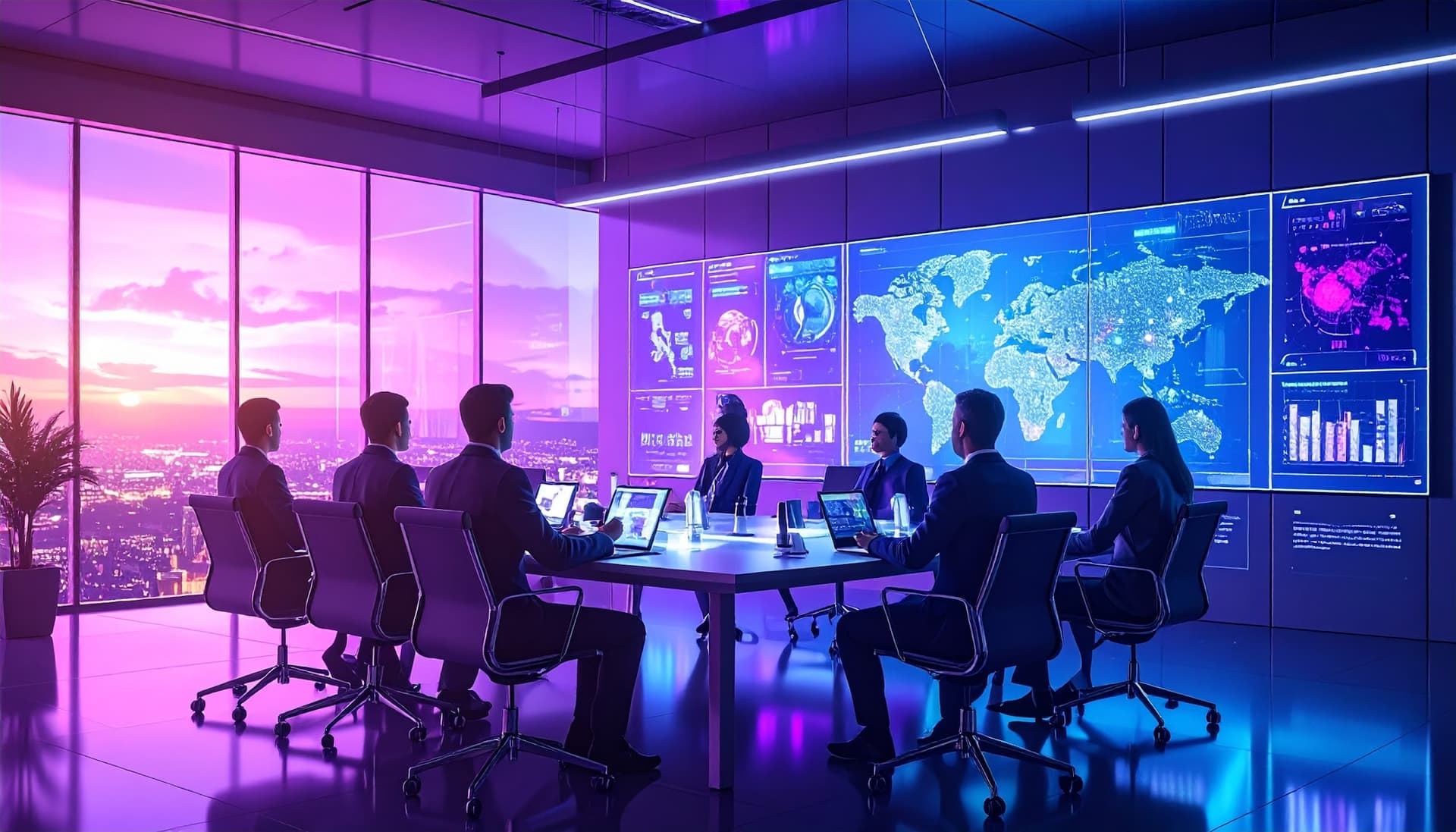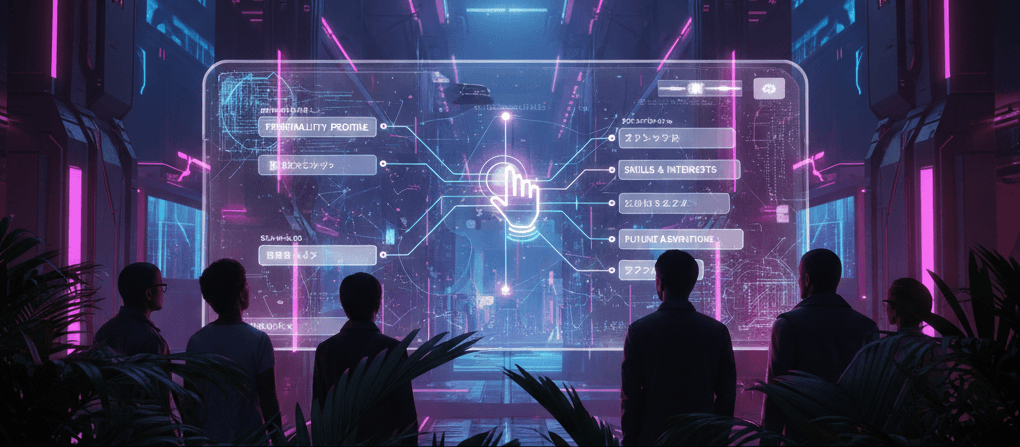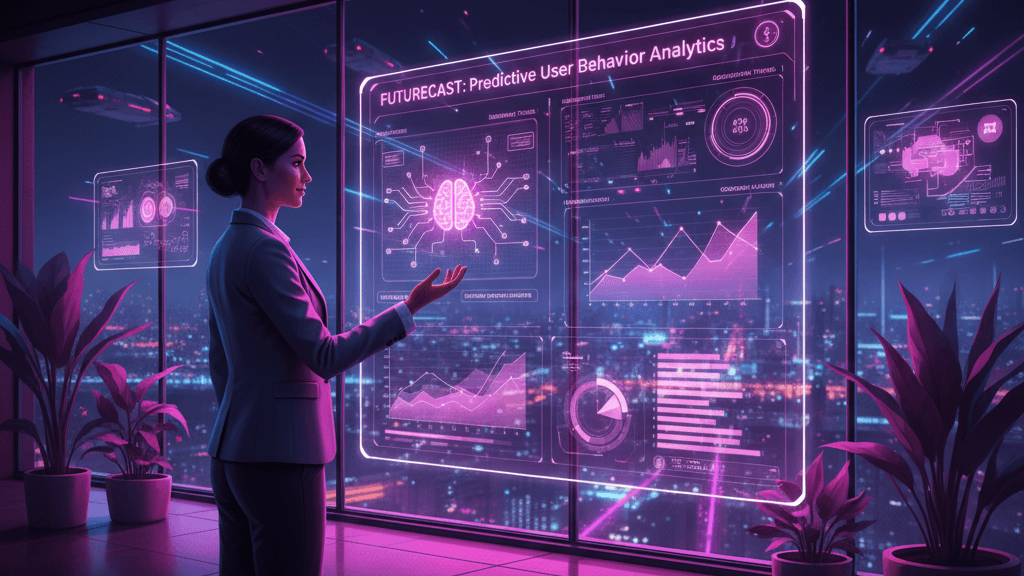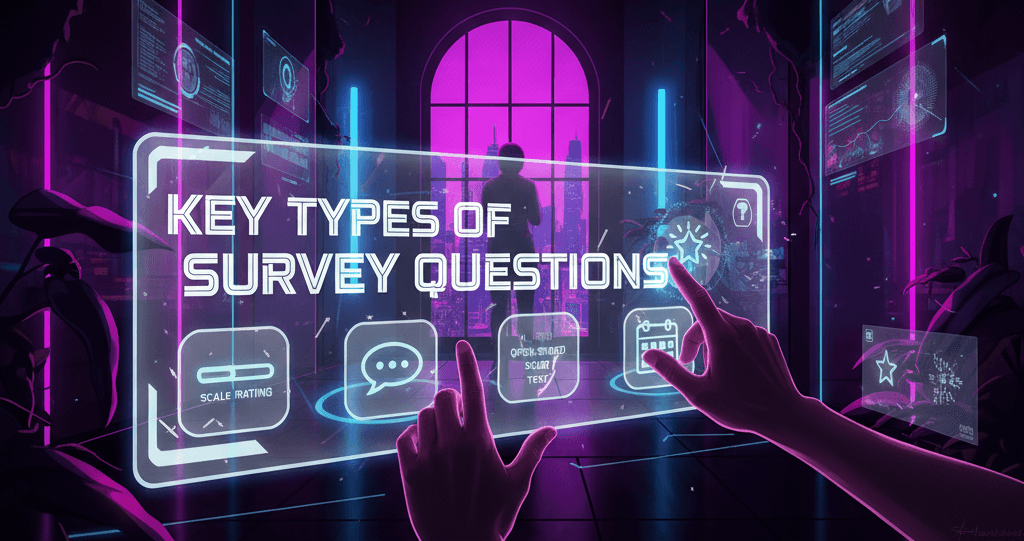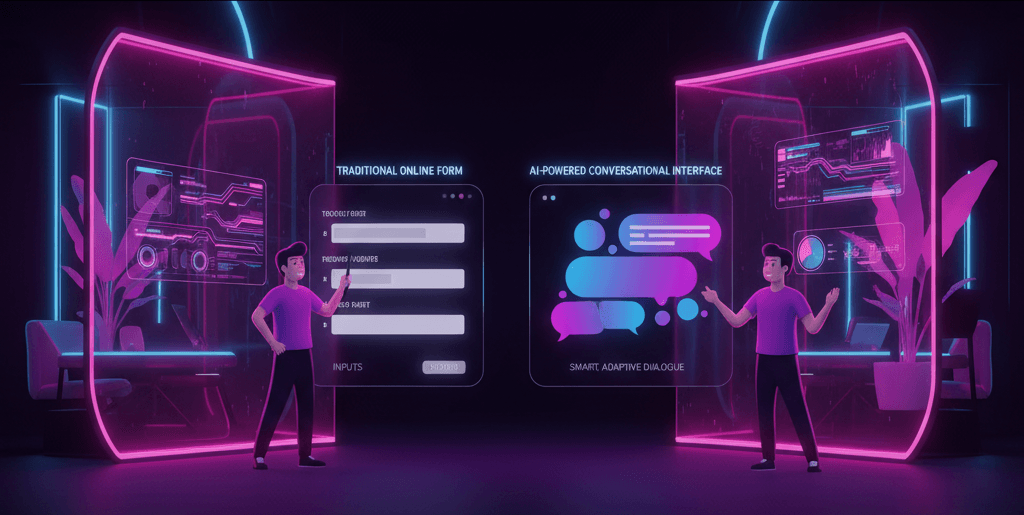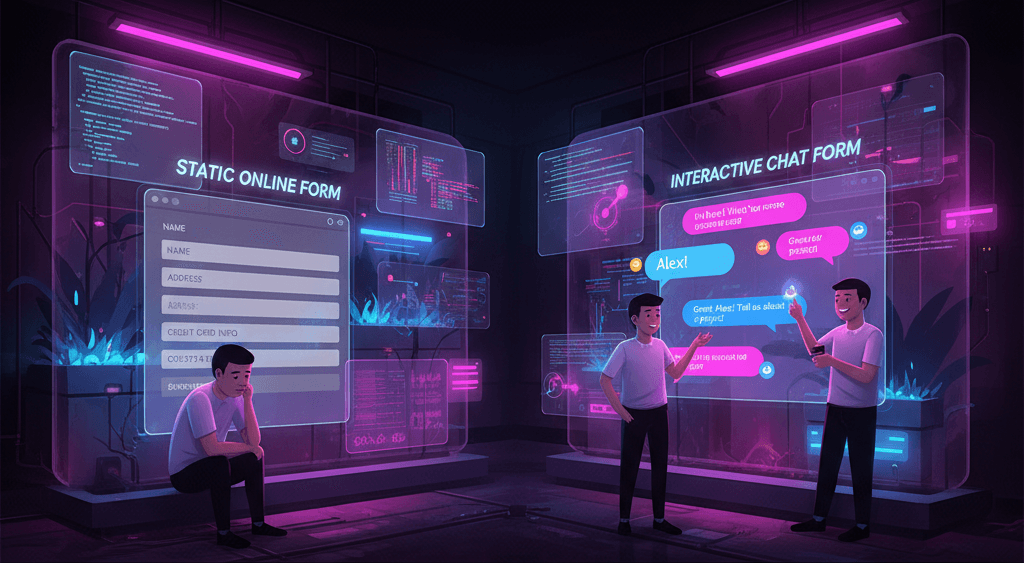Introduction to AI in Business Communication
In 2025, artificial intelligence has become a central force in shaping how businesses communicate. From automating routine tasks to providing deep insights into customer behavior, AI isn’t just a tool, it’s a strategic partner.
Business communication, once defined by long email chains and scheduled meetings, has evolved into a dynamic, real-time, and hyper-personalized experience.
AI technologies like natural language processing (NLP), large language models (LLMs), and machine learning are enabling companies to communicate smarter and faster.
This blog explores 10 key ways AI is transforming business communication in 2025, helping organizations streamline workflows, improve customer engagement, and drive better outcomes.
From Email to AI-Assisted Conversations
While email remains a staple, AI is augmenting how businesses handle written communication. Smart email assistants now suggest context-aware replies, summarize threads, and automate follow-ups. This helps employees stay focused and improves response times.
Even more transformative is the rise of AI-powered messaging platforms that enable real-time, intelligent interactions. Whether it’s Slack, Microsoft Teams, or custom interfaces, AI bots are embedded in conversations to provide instant information, automate routine tasks, and even participate in strategic discussions.
Examples include:
- AI summarizing meeting notes instantly.
- Bots retrieving sales data within chat.
- AI auto-scheduling meetings based on availability and intent.
By reducing friction and manual input, businesses are seeing more efficient and focused communications.
Customer Support Revolution
AI has fundamentally reshaped how businesses support their customers. In 2025, AI-powered agents are often the first (and sometimes only) point of contact.
These agents, driven by LLMs and Retrieval-Augmented Generation (RAG), can handle complex queries across multiple channels including web, email, voice, and messaging apps.
Key improvements:
- 24/7 availability across time zones.
- Multilingual support without requiring native-speaking agents.
- Instant resolution for common queries using up-to-date knowledge bases.
- Escalation to human agents only when needed.
This shift has led to higher customer satisfaction (CSAT) scores, reduced average handling time (AHT), and major cost savings for businesses.
Internal Communication Enhancements
AI is improving internal communication in several critical ways:
- Real-time language translation allows seamless collaboration across global teams.
- Sentiment analysis tools help managers gauge team morale and proactively address issues.
- Internal knowledge bots provide instant answers about policies, HR, IT support, and more.
- AI-powered writing assistants improve clarity and tone in emails, memos, and presentations.
Meetings are also being transformed. AI transcribes conversations, highlights action items, and generates follow-up emails, freeing up employees to focus on decision-making instead of documentation.
Data-Driven Communication Strategies
One of the most powerful transformations is how AI enables data-driven communication. By analyzing user interactions across platforms, AI can:
- Identify which messages resonate with different segments.
- Optimize timing and channel preferences.
- Personalize communication at scale.
Sales and marketing teams benefit greatly from these insights. AI helps craft hyper-targeted messages that convert, while predicting customer intent and proactively suggesting next best actions.
Example: An AI tool might suggest sending a discount code to a customer who recently abandoned a cart, or notify a sales rep when a lead engages with a high-value whitepaper.
Measuring Communication Effectiveness
In 2025, AI helps businesses go beyond basic metrics like open and click-through rates. Advanced tools use machine learning to measure:
- Engagement quality: Did the communication spark interaction or action?
- Message sentiment: Was the tone appropriate, optimistic, or concerning?
- Behavioral outcomes: Did communication drive the desired behavior?
These insights inform continuous improvement, ensuring every message, whether internal or external, is fine-tuned for impact.
Ethical Considerations
With great power comes great responsibility. As AI becomes deeply embedded in communication, companies must grapple with ethical questions:
- Bias and fairness: Is AI perpetuating stereotypes or excluding certain audiences?
- Privacy and consent: Are users aware that their communications are being analyzed or handled by AI?
- Transparency: Should customers know when they’re talking to a bot vs. a human?
Forward-thinking companies are implementing AI ethics frameworks, conducting audits, and ensuring human oversight to mitigate risks.
Trust is becoming a critical asset in AI-driven communication.
Future Developments
Looking ahead, several trends will continue reshaping business communication:
- Emotionally intelligent AI: Systems will recognize tone, context, and even emotional state to respond with empathy.
- Unified communication ecosystems: AI will seamlessly integrate chat, email, voice, and video into one intelligent interface.
- AI-driven leadership communication: Execs will use AI to gauge employee sentiment and tailor messages for clarity and motivation.
- Co-creative AI: Instead of just drafting responses, AI will help brainstorm, storyboard, and co-create content in real-time.
In short, the role of AI will shift from assistant to strategic collaborator.
Conclusion
AI is no longer a futuristic concept, it’s already changing the way businesses communicate in profound ways.
From transforming customer service and sales messaging to empowering internal teams and creating smarter strategies, the applications are vast and impactful.
Companies that adopt AI thoughtfully in 2025 will benefit from more effective communication, stronger relationships, and a significant competitive advantage.
The time to embrace AI-powered communication is now. Whether you’re just getting started or scaling your efforts, there’s never been a better moment to innovate.
